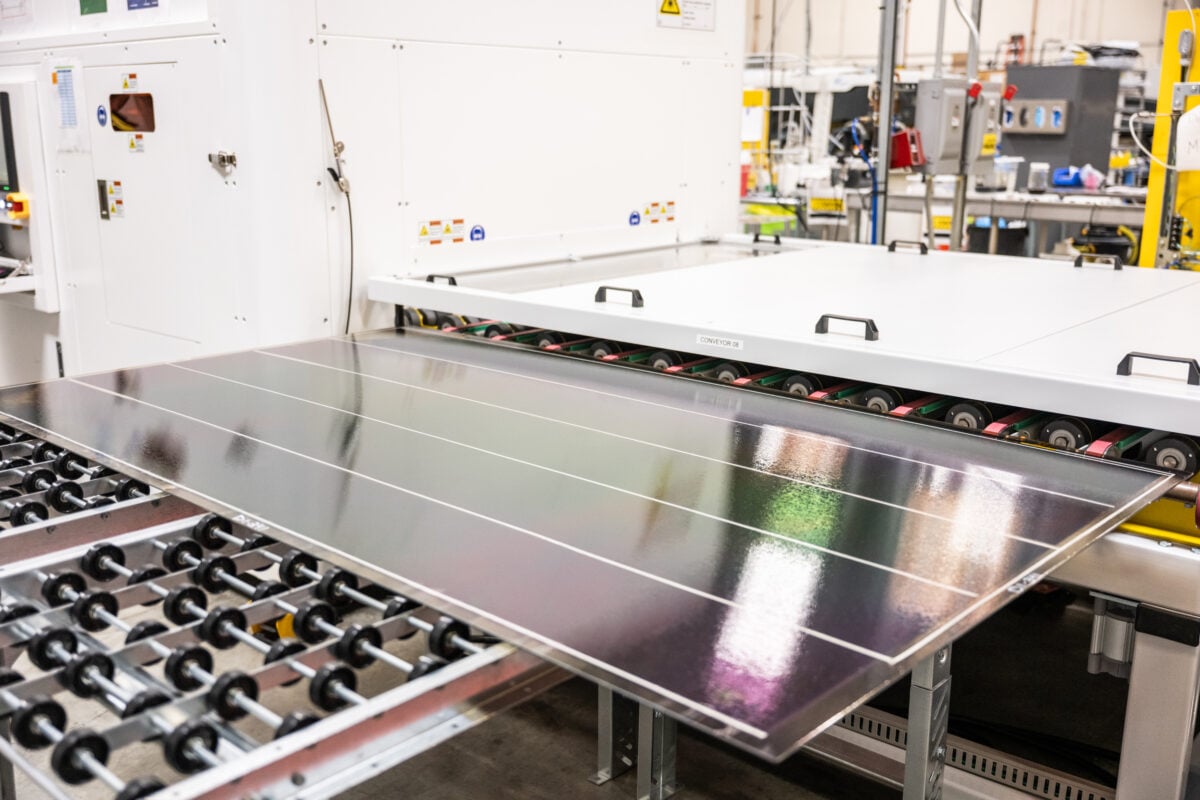
“Our technology offers a step-function advancement for solar, and this shipment is the beginning of many more improvements to come,” said Caelux CEO Scott Graybeal. “We’re energised to be moving the industry forward with our technology.”
While Caelux did not provide details on the recipient of its technology, it notes that the integration of perovskite glass into solar modules could improve a module’s power density by 30% and lower project costs by 20%. The use of perovskites on a module’s glass, rather than its cell, also sidesteps the limitation that has been historically associated with perovskite solar cells, that they have a shorter lifespan than their silicon counterparts.
Graybeal has already spoken to PV Tech Premium about the technology, and how it addresses other “pitfalls” in other forms of perovskite product design, such as the use of two terminals in a cell that “limit the absolute theoretical limit [of efficiency]”.
However, Radovan Kopecek, co-founder of ISC Konstanz, told PV Tech Premium that the confidence of “perovskite populists” who advocate for the deployment of the as-yet unproven technology to reach the world’s solar deployment goals is unwise, likening it to thin-film technology, which he said has a part to play in the global solar industry, but would not be its cornerstone.
“I am quite sure that perovskite will not drive our energy transition,” Kopecek said. “You know that [perovskites] will be out there, and they will be used for different applications, but they will still remain, as thin film always was, in a niche market.”
This uncertainty has not dissuaded interest in the perovskite space. Last month, researchers at the Solar Energy Research Institute of Singapore (SERIS) developed a perovskite-organic tandem solar cell with a record conversion efficiency of 26.4%, and several industry leaders told PV Tech Premium at this year’s SNEC conference in China that they are increasingly convinced of the potential of perovskites for the long-term future of the solar industry.






